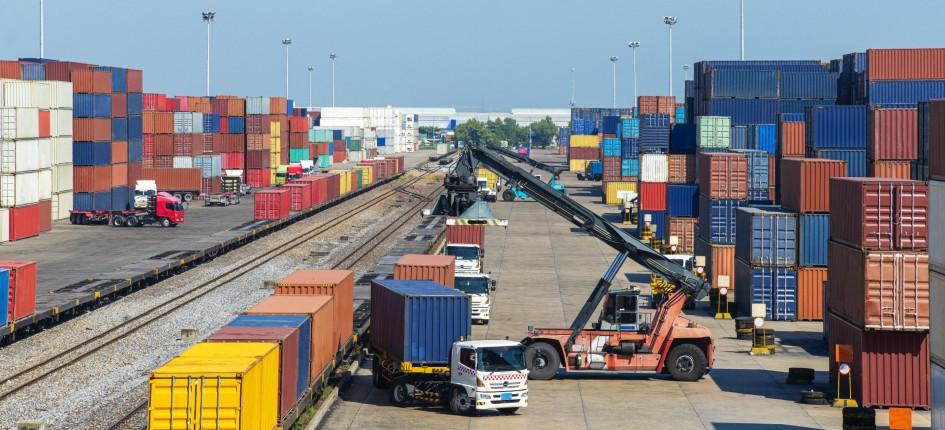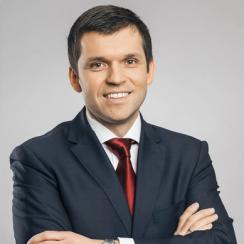Which industries in Poland, Czech Republic, Slovakia and Hungary have the highest potential from sourcing perspective?
Over the past 30 years all these countries have become cost effective manufacturing centres for foreign investors, especially from Germany. Poland, which is about four times larger than any of the other three countries, has a very heterogeneous economy. Obviously automotive is one of the key industries, however Poland is quite strong as well in such sectors as: aerospace components, sheet metal processing, welding structures, CNC-machining, and plastic processing, which are appreciated by our international clients.
On the other hand, Czech Republic started to develop earlier than Poland due to its strategic location close to Germany and Austria and its size, which enabled the country to offer convenient infrastructure at an earlier point of time. Nowadays, Czech Republic focuses on CNC-machining, especially precise parts with low tolerances that are very difficult to find in Poland. Other attractive categories are stamping, tooling, plastic injection moulding and glass for both housing and industrial applications.
Slovakia, the only country out of four that adopted Euro, is strongly dominated by car manufacturers and their suppliers. Therefore the country offers tremendous opportunities in the area of automotive components. Other industries worth considering are electronics and CNC-machining.
Automotive industry is quite developed in Hungary and the country has a solid base of suppliers in this field as well. Moreover, other well established sectors include electronics, biotech, and machined parts. Worth mentioning is the fact, that Hungary is strong in all kinds of assembly, e.g. for machines and modules in machine building and car manufacturing industry.
Which criteria should be taken into consideration while choosing the right commodities for supply chain optimization?
To assess the potential of product category, two factors have to be taken into account, i.e. product complexity and labour intensity. Central Eastern Europe may be not the right choice for categories with low labour intensity and high product complexity, such as filters or complex electronic parts. The reason for that is the fact, that the production of these commodities has been mostly automated and the countries with lower automation rate are not able to maintain the competitive advantage.
The highest potential for sourcing in Central Eastern Europe may be achieved for categories with high labour intensity and less product complexity, such as cable harness, valves, casting, milled and turn parts, machined castings, welded structures, or module assembly.
In which case Central Eastern Europe will not be the perfect match, even if the labour intensity is high and the product complexity is low?
Based on our experience, significant issue to consider is the cost structure. If the share of transport cost is high, you may lose the advantage of labour and have disadvantage in transport costs.
Moreover, nowadays the majority of raw materials may be purchased locally due to a solid base of suppliers that these country have. However, if your products require some rare raw materials, it might be difficult to find them locally and in such case the supplier search in these countries would make less sense. Still, in majority of cases it makes sense to think of nearshoring.
What has been your experience with sourcing projects in Central Eastern Europe so far?
Based on our experience, the number of total potential suppliers in each of the most attractive sourcing categories, such as: welded structures, sheet metal and machined parts, tooling or plastic injection moulding, varies between 150 and 200 in the whole region. The vast majority of the suppliers can speak at least English or sometimes even German.
The market is highly competitive, therefore the suppliers have to focus on quality and ability to fulfil international standards.
What we often see while visiting the suppliers on spot is a well-equipped production hall with modern machinery park. Many suppliers are able to offer secondary services, such as assembly, integration or decoration. The challenges you may encounter are related to precision parts with low tolerances and in some cases high logistic costs.
How to prepare for implementation of a nearshoring project?
There is some homework to do in order to assure the smooth onboarding of a new supplier:
- First of all, you should specify technical and quality requirements, and check drawings with current parts. The challenge we sometimes face is that the samples from the client do not match with the technical drawings provided, which disturbs the understanding of the project.
- Moreover, we always recommend visiting suppliers on site and make some audits instead of trusting the certificates.
- Due to the fact that Switzerland is not a member of European Union, you should calculate the total landed costs – including freight and customs.
- Check if the supplier is capable of understanding technical documentation in foreign language.
- Last, but not least, assure internal resources in all required divisions such as engineering or testing that will be needed in order to successfully start the cooperation.
About Tomasz Gonsior
Tomasz has extensive experience in managing international procurement projects in the automotive, engineering, medical and retail sectors – especially for Clients from the DACH region. After 6 years in the purchasing in the headquarter of one of Germany's leading car manufacturers, he joined OptiBuy in 2010, where he is currently one of the partners responsible for implementing e-procurement systems and IT tools. He regularly shares his experience and knowledge with students and participants of conferences and trainings.








